The once-fantastical vision of humanoid robots, long confined to the pages of science fiction and the silver screen, is steadily materializing into a tangible engineering reality. This evolution is not the result of a single, monumental breakthrough but rather a profound and intricate symphony of advancements across a multitude of scientific and engineering disciplines. The quest to create machines that not only look but also move, perceive, and interact with the fluidity and adaptability of humans represents one of the most ambitious technological endeavors of our time. It is a grand convergence, where progress in artificial intelligence, materials science, mechanical engineering, and cognitive science coalesces to breathe life into metal and silicon, pushing the boundaries of biomimicry to unprecedented heights.
The recent inclusion of humanoid robots in the 2025 Top Ten Global Engineering Achievements marks a watershed moment in technological history. This recognition transcends mere academic acknowledgment; it represents a collective global validation of decades of research, development, and iterative innovation in robotics. For years, humanoid robots existed primarily in the realms of science fiction and laboratory prototypes, often viewed as fascinating but distant curiosities. Their elevation to a top global engineering feat signals a profound shift—a transition from conceptual marvels to tangible agents of change poised to reshape our societal and industrial landscapes.
The landscape of oncology treatment is undergoing a profound transformation, driven by the emergence of third-generation antibody-drug conjugates (ADCs). These sophisticated therapeutic agents represent a significant leap forward in the quest for precision medicine, offering new hope for patients battling various forms of cancer. Unlike conventional chemotherapy that attacks both healthy and cancerous cells indiscriminately, these advanced biologics deliver potent cytotoxic agents directly to tumor cells, minimizing damage to healthy tissues and reducing debilitating side effects.
In the relentless battle against cancer, a revolutionary class of therapeutics has emerged, earning the evocative moniker of "precision missiles" for their ability to deliver potent cytotoxic agents directly to malignant cells while sparing healthy tissue. These are Antibody-Drug Conjugates, or ADCs, and they represent a sophisticated fusion of biologic targeting and potent chemotherapy, a paradigm shift in oncology that is redefining treatment expectations for a growing number of cancers.
The desert skies above Dubai witnessed a historic moment last week as the sleek silhouette of a flying car cut through the cerulean blue, marking what many industry experts are calling the dawn of a new era in personal transportation. The demonstration, orchestrated by the pioneering aviation firm AeroMobil Emirates, was not merely a test flight; it was a powerful statement of intent, a tangible promise of a future once confined to the pages of science fiction.
In a remarkable demonstration of growing consumer confidence in aerial mobility solutions, global pre-orders for flying cars have surged past the 7,000-unit milestone. This significant threshold, reached far earlier than most industry analysts had projected, signals a fundamental shift in public perception about the viability of personal air transportation. What was once confined to science fiction novels and futuristic concept videos is rapidly transforming into a tangible consumer product category with demonstrated market demand.
In the shimmering heat of the Arabian Gulf, a new silhouette is beginning to pierce the horizon. It is not the familiar form of a commercial airliner nor the sleek profile of a private jet, but something altogether more futuristic—a flying car. This vision, once confined to the realms of science fiction, is fast becoming a tangible reality, and it is Chinese innovation that is poised to turn the skies above Dubai, Abu Dhabi, and Riyadh into a dazzling new theater of urban mobility.
The relentless march of artificial intelligence demands computational power on a scale previously unimaginable. At the heart of this revolution lies the Graphics Processing Unit, or GPU, which has evolved from a specialized graphics rendering component into the primary engine for AI workloads. The latest generation of GPU architectures represents a paradigm shift, not merely an incremental improvement. These new designs are fundamentally re-engineering the silicon to tackle the unique and colossal demands of modern AI, with a core focus on achieving unprecedented levels of computational density and efficiency through hyper-scale integration.
The ASEAN-US AI Cooperation Forum concluded its third annual session this week with a renewed commitment to bridging the digital divide through focused capacity building and infrastructure development. Held against the backdrop of rapid technological advancement, the forum brought together policymakers, industry leaders, and academics to chart a collaborative path forward, recognizing that the benefits of artificial intelligence must be distributed equitably to ensure regional stability and prosperity.
The art of unlocking the full potential of spices lies in a time-honored technique: dry-roasting, crushing, and coaxing out their essential oils. This ancient method, passed down through generations of culinary masters, transforms ordinary spices into aromatic powerhouses that elevate dishes to extraordinary heights. The process may seem simple at first glance, but mastering it requires patience, precision, and an understanding of how heat interacts with different spice varieties.
For many home cooks and professional chefs, peeling and cutting yams can be an unexpectedly unpleasant experience. The vegetable, known for its nutritional benefits and culinary versatility, has a notorious side effect – it can leave your hands unbearably itchy. This common kitchen woe has led to numerous home remedies and old wives' tales, but one surprising solution has emerged from modern technology: the microwave.
The art of making dumplings is a cherished tradition in many cultures, particularly in Chinese cuisine. While the filling often steals the spotlight, the dough wrapper plays an equally crucial role in ensuring the dumplings hold together during cooking. One of the most effective yet underrated techniques for preventing dumpling wrappers from tearing is incorporating egg whites into the dough. This method leverages the science of proteins to create a more resilient and elastic wrapper, capable of withstanding the rigors of boiling or steaming without falling apart.
In kitchens around the world, cooks face a common nemesis when preparing pasta: sticky noodles that clump together into an unappetizing mass. While many swear by the traditional method of rinsing cooked pasta with cold water to prevent sticking, a growing number of culinary experts argue that tossing freshly boiled noodles with olive oil proves far more effective. This technique not only preserves the pasta's ideal texture but also enhances its flavor profile in ways cold water simply cannot match.
For decades, the blood-brain barrier (BBB) has stood as a formidable gatekeeper, selectively shielding the brain from harmful substances while frustrating efforts to deliver life-saving therapeutics. This biological fortress, while essential for protecting our most vital organ, has rendered many promising treatments for neurological disorders ineffective. Now, a groundbreaking approach combining protein engineering and artificial intelligence is cracking the code to safe BBB penetration, potentially revolutionizing treatment for Alzheimer's, Parkinson's, and brain cancers.
In a groundbreaking development that could revolutionize the treatment of spinal cord injuries, researchers have successfully engineered hydrogel-based optical fibers capable of mimicking neural pathways. These "neural optical fibers" represent a fusion of advanced materials science and neurobiology, offering new hope for patients with previously untreatable damage to their central nervous system.
In a groundbreaking discovery that could revolutionize our approach to plastic waste, scientists have identified a surprising ally in the fight against polyethylene pollution: the humble wax worm. More specifically, the bacteria residing in the gut of these caterpillar-like creatures have demonstrated an extraordinary ability to break down one of the world's most stubborn plastics. This finding opens new avenues for tackling the global plastic crisis through biological means.
In a groundbreaking development that challenges our understanding of aging, scientists have demonstrated the potential to reverse cellular aging through a technique called transient reprogramming. This approach temporarily rewinds the epigenetic "clock" of cells without erasing their identity, opening new possibilities for regenerative medicine and age-related disease treatment.
In a groundbreaking leap for precision medicine, researchers have unveiled a light-controlled CRISPR delivery system using DNA-origami "nanodrones" – a fusion of nanotechnology and gene editing that promises unprecedented control over therapeutic targeting. This innovation, emerging from a collaboration between bioengineers and geneticists, reimagines drug delivery by combining the programmability of DNA nanostructures with the spatial precision of optogenetics.
In a groundbreaking study that could reshape our understanding of consciousness, neuroscientists have identified the thalamic reticular nucleus (TRN) as a potential "rhythmic switch" governing wakefulness through gamma wave modulation. This almond-shaped inhibitory structure, often described as the brain's gatekeeper, appears to orchestrate states of awareness by tuning neural oscillations like a conductor leading a symphony of consciousness.
For decades, chronic pain has remained one of medicine's most elusive challenges – a complex interplay of biological, psychological, and social factors that often defies conventional treatment. Now, groundbreaking research into the spinal cord's neural "fingerprints" of pain is revolutionizing our understanding of how persistent pain becomes etched into the nervous system. Scientists are mapping specialized neural circuits that appear to encode chronic pain with remarkable specificity, opening new avenues for targeted therapies.
In a groundbreaking discovery that reshapes our understanding of brain metabolism, researchers have identified glial cells as the unsung architects of neuronal energy distribution. The study reveals how these long-overlooked support cells orchestrate the precise mitochondrial allocation to neurons, challenging the neuron-centric dogma of neuroscience. This paradigm shift underscores glial cells' role as metabolic conductors in the symphony of brain function.
Scientists have uncovered a startling new pathway by which gut microbes communicate with the brain at lightning speed. Dubbed the "10-second gut-brain superhighway," this discovery centers on the vagus nerve's ability to transmit microbial signals faster than previously thought possible. The findings could revolutionize our understanding of conditions ranging from depression to irritable bowel syndrome.
In a groundbreaking discovery that bridges molecular biology and neuroscience, researchers have uncovered how the CPEB protein acts as a "molecular glue" to solidify long-term memories through an elegant phase transition mechanism. This finding not only revolutionizes our understanding of memory persistence but also reveals nature's ingenious solution to maintaining information at the molecular level.
In a groundbreaking discovery that blurs the line between botany and acoustics, researchers have uncovered evidence of tomatoes employing ultrasonic warfare against herbivorous insects. The study, published in Nature Plants, reveals how tomato plants emit high-frequency sounds when under attack - not as passive victims, but as active participants in their own defense.
In the dense rainforests of Central and South America, leafcutter ants have perfected an architectural marvel that puts human climate control systems to shame. These tiny engineers construct elaborate underground nests spanning hundreds of square feet, maintaining near-perfect temperature and humidity levels year-round – without using a single watt of electricity. As architects and engineers grapple with the urgent need to reduce building emissions, these insect-built structures offer profound lessons in passive climate regulation.
The depths of the ocean hold secrets that continue to astonish scientists, and among the most enigmatic phenomena is the "whale fall"—the carcass of a deceased whale sinking to the seabed. These massive organic deposits create transient ecosystems, supporting diverse marine life for decades. But beyond the visible scavengers and bone-eating worms, a hidden microbial world thrives, and within it, something extraordinary has been discovered: colossal bacteriophages, viruses that prey on bacteria, with genomes so large they defy conventional understanding.
In a groundbreaking discovery that could revolutionize coral reef monitoring, scientists have identified a natural early warning system for coral bleaching events. Certain coral species exhibit vivid fluorescent patterns when under thermal stress, acting as biological "sentry lights" that signal the onset of bleaching before visible damage occurs. This phenomenon, observed in reef-building corals across the Indo-Pacific, represents nature's own climate change alert system.
In a groundbreaking development for ecological research and climate science, researchers have harnessed advanced LiDAR technology to map the photosynthetic efficiency of trees across vast forested areas. Dubbed the "carbon pulse" of forests, this innovative approach provides unprecedented insights into how trees absorb and process carbon dioxide at an ecosystem scale. The implications for understanding carbon sequestration, forest health monitoring, and climate change mitigation strategies are profound.
Guangdong lychee, a jewel of southern China's fruit basket, has long been celebrated for its succulent flesh and floral aroma. Beyond its irresistible taste, recent research has uncovered a hidden treasure within its vibrant red peel—polyphenols with remarkable antioxidant properties. These compounds are quietly revolutionizing our understanding of how this tropical fruit may contribute to human health far beyond basic nutrition.
The high-altitude coffee farms of Yunnan Province have long been celebrated for producing beans with a distinctive flavor profile. Among the many factors influencing taste, altitude plays a particularly crucial role, especially when it comes to acidity. Unlike the bright, sharp acidity often associated with African coffees, Yunnan’s beans exhibit a more nuanced relationship between elevation and tartness—one that defies simple expectations.
The tender crunch of Zhejiang bamboo shoots has long captivated gourmets and scientists alike, their delicate texture standing as a testament to nature's perfect engineering. While chefs praise their culinary versatility, researchers have uncovered a fascinating cellular secret behind their remarkable freshness – turgor pressure. This biological phenomenon, often overlooked in discussions of vegetable quality, holds the key to understanding why these spring delicacies from China's eastern province maintain their youthful crispness long after harvest.
The Hami melon, a jewel of Xinjiang's agricultural bounty, owes its legendary sweetness to a climatic phenomenon as ancient as the Silk Road itself. Nestled in the arid embrace of China's northwest, this golden-fleshed fruit has thrived for centuries under skies that scorch by day and chill by night. What appears as hardship to most crops becomes the secret alchemy transforming ordinary melons into saccharine masterpieces.
The vast fields of Northeast China, stretching across latitudes from 40°N to 50°N, have long been celebrated as the heartland of soybean production. Among the many factors influencing soybean quality, protein content stands out as a critical metric, not just for nutritional value but also for industrial applications. Recent studies have unveiled a fascinating pattern: the protein content in Northeast soybeans exhibits significant variation along latitudinal gradients. This discovery has sparked renewed interest in understanding how geography shapes the very fabric of this agricultural staple.
The process of homogenization in ice cream mix preparation plays a pivotal role in achieving the desired texture, stability, and mouthfeel of the final product. At the heart of this process lies the principle of fat emulsification, where milk fat globules are broken down into smaller, more uniform particles. This not only enhances the emulsion's stability but also ensures a smoother consistency in the ice cream. The science behind homogenization parameters is both intricate and fascinating, as it directly influences the quality of the end product.
The phenomenon of bread staling has puzzled bakers and food scientists for generations. While most consumers associate staleness with dryness, the underlying mechanisms involve complex interactions between starch retrogradation and water migration within the bread matrix. This intricate dance between moisture and crystalline structures ultimately determines whether your morning toast will delight or disappoint.
The formation of rock sugar crystals is a fascinating interplay of chemistry and physics, where the delicate balance of supersaturation dictates the birth and growth of crystalline structures. At its core, this process hinges on the creation of nucleation sites—tiny clusters of molecules that serve as the foundation for larger crystals. The journey from syrup to shimmering rock sugar is anything but straightforward, and understanding the factors that influence nucleation can unlock greater control over crystal size, clarity, and yield.
The art of chocolate tempering is a delicate dance of temperature control, one that hinges on the precise crystallization of cocoa butter. This process is not merely a technical step in chocolate production; it is the very heart of what gives chocolate its signature snap, glossy sheen, and melt-in-the-mouth texture. Without proper tempering, chocolate can appear dull, develop a grainy texture, or fail to release cleanly from molds. The secret lies in understanding how cocoa butter behaves under varying thermal conditions.
The science behind pickling vegetables has fascinated food chemists and home cooks alike for centuries. While the process may seem straightforward – submerging vegetables in brine – the molecular dance occurring within each cell reveals a complex interplay of chemistry and physics. Recent advances in sodium ion detection techniques have allowed researchers to map the distribution of salt throughout pickled vegetables with unprecedented precision, shedding new light on this ancient preservation method.
The phenomenon of "wine legs" or "tears of wine" has captivated drinkers and scientists alike for centuries. When a glass of wine or spirit is swirled, droplets form on the inside of the glass, creating mesmerizing streaks that slowly trickle back down. This elegant display isn’t just a sign of a good drink—it’s a fascinating interplay of fluid dynamics, surface tension, and evaporation.
 Tech
Tech
 Tech
Tech
 Tech
Tech
 Tech
Tech
 Tech
Tech
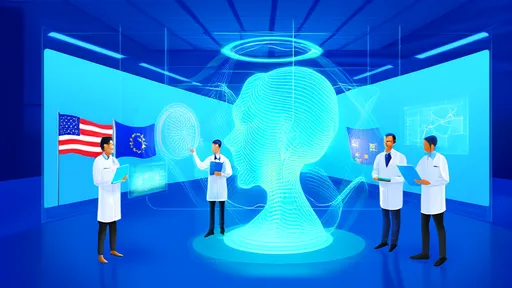 Tech
Tech
 Tech
Tech
 Tech
Tech
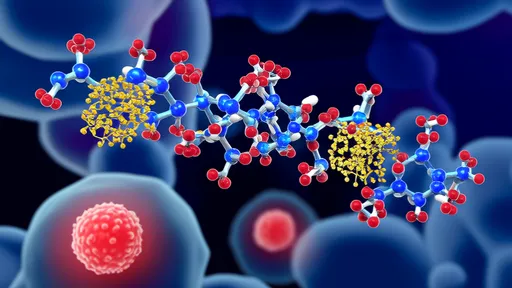
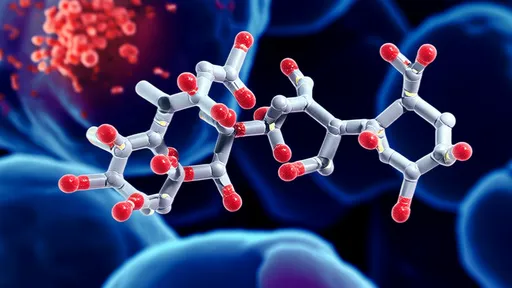







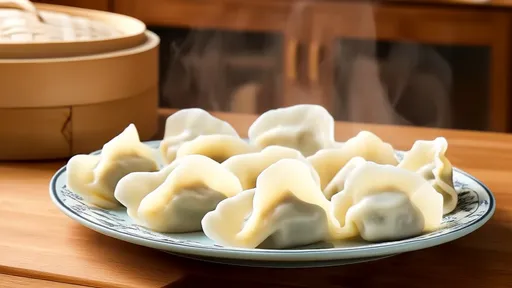
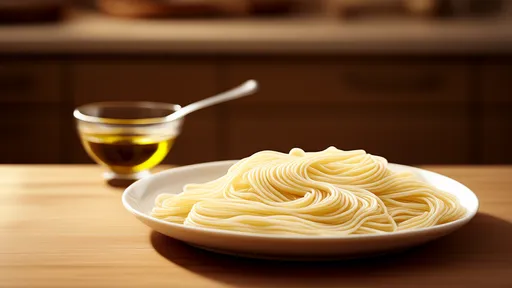
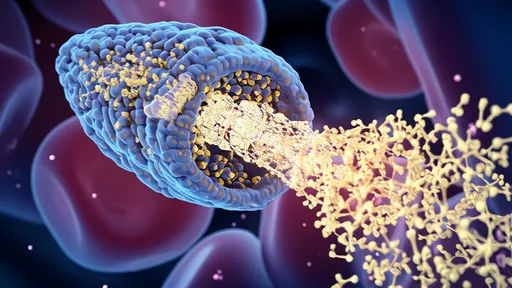
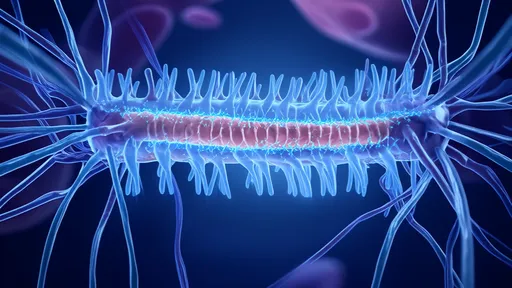 TOP
TOP
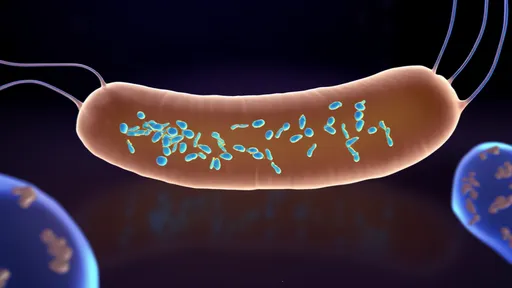 TOP
TOP
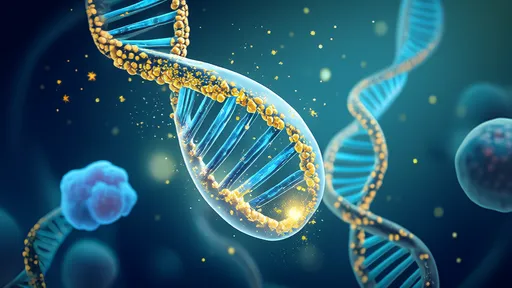 TOP
TOP
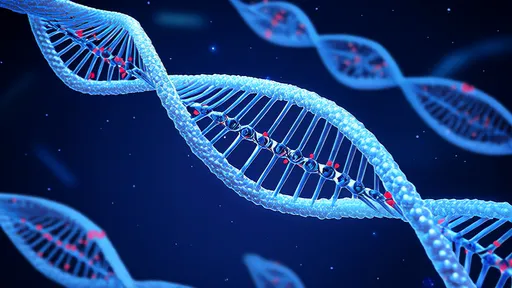 TOP
TOP
 TOP
TOP
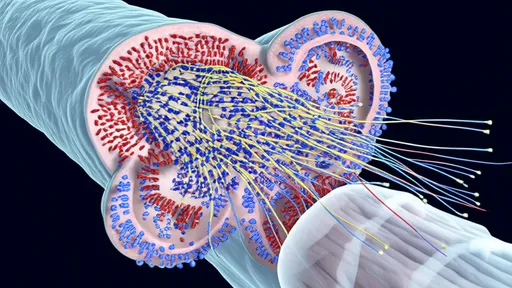 TOP
TOP
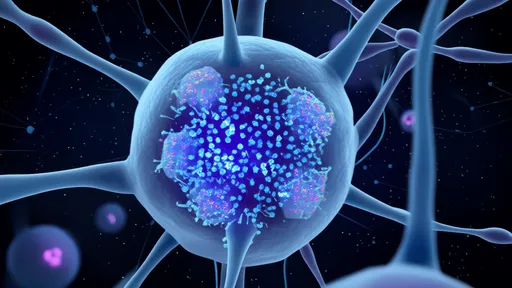 TOP
TOP
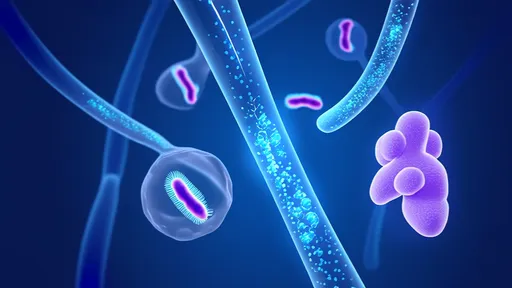 TOP
TOP
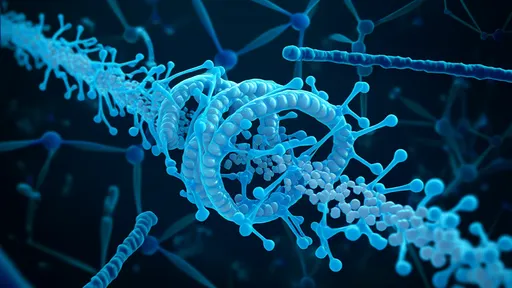 TOP
TOP
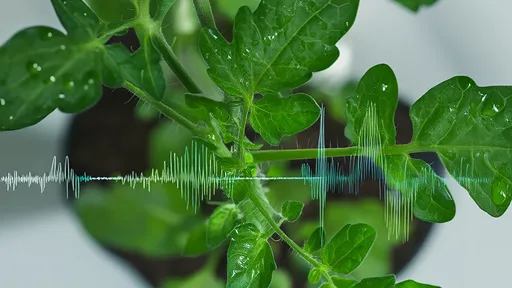 TOP
TOP
 TOP
TOP
 TOP
TOP
 TOP
TOP
 TOP
TOP
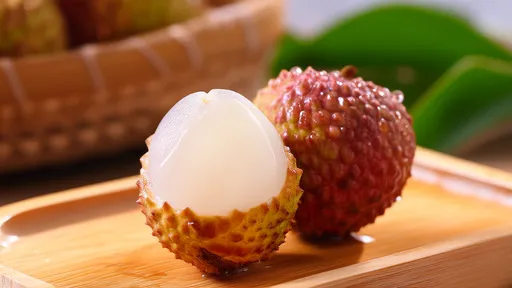 TOP
TOP
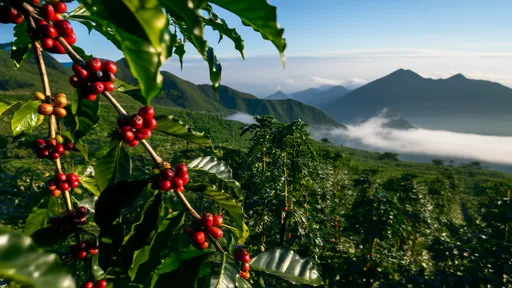 TOP
TOP
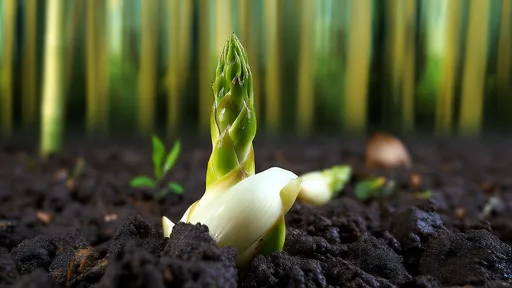 TOP
TOP
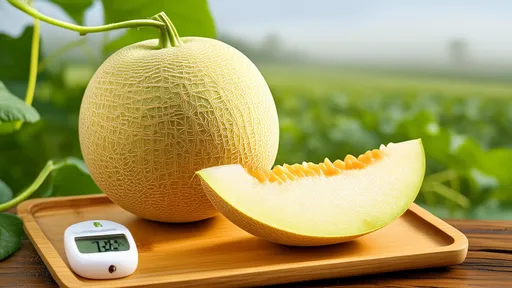 TOP
TOP
 TOP
TOP
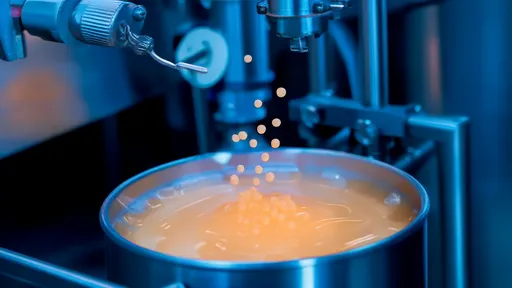 TOP
TOP
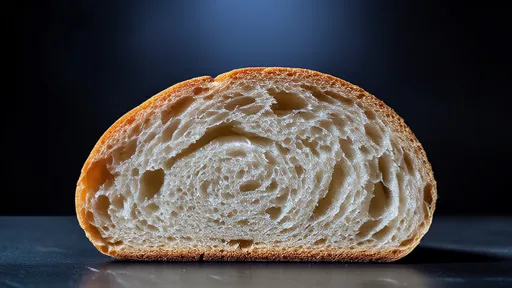 TOP
TOP
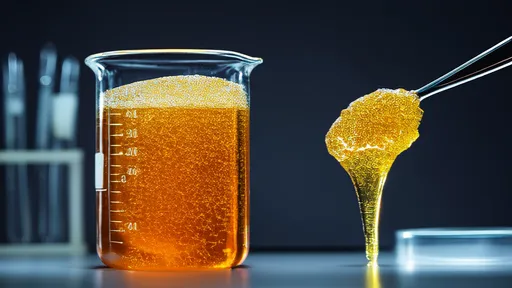 TOP
TOP
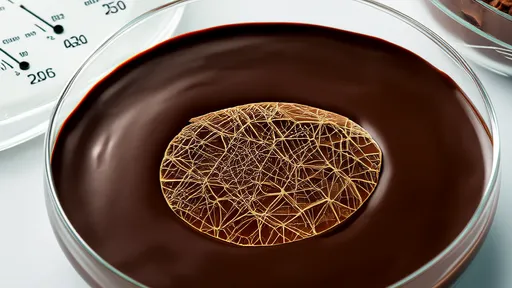 TOP
TOP
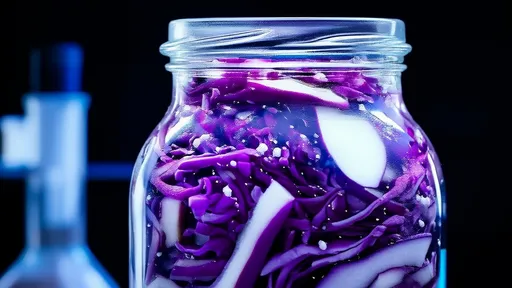 TOP
TOP
 TOP
TOP